
DEEP INTO THE COMMUNITY
Black Diamond Athlete Angela Hawse is a guide for change.
You're eligible for Free Shipping!
$0.00 USD

Before any piece of Black Diamond gear makes it on to the shelves, it spends months, sometimes years getting put through the wringer by our Director of Quality, Kolin Powick, and his team of Quality Assurance engineers. Through extensive and meticulous testing, both in the lab and in the field, KP and his team help ensure that you can count on your BD gear to be as durable, reliable and as strong as possible every time you head into the mountains or out to the crags.
Here at BD we are all a bunch of tinkerers. We're constantly tweaking our gear or cobbling together prototypes, trying to make them lighter and perform better.We fiddle with gear, test it in the lab and take it out into the field.Therefore, when people want to customize and modify our products, we understand.
But there is a reason that we have a blurb in all of our instructions for use stating, "do not modify this product in any way." It's not that we're trying to limit creativity. It's because we've gone through painstaking efforts to ensure that our products meet all necessary strength and certification requirements, and behave how they are intended. We need to consider typical use, misuse, and abuse. We need to consider ultimate strength, durability, manufacturability, ratings and certifications. The end result is a product that we're psyched about and meets all external and, just as importantly, internal requirements we put on it.






When people modify their gear, they may unwittingly be changing a critical design or strength feature.
When I'm out climbing I see some of the mods that people have done, and I cringe. I also get lots of emails asking if I recommend a particular tweak, change or modification to a product. A few examples and my immediate thoughts:
These are just a few random examples among many we've encountered, but we decided to choose three instances of modification that we've seen come up lately and test them here in the lab. Many modifications fall under the category of "not a good idea," but the examples below are ones we think might actually be legitimately dangerous in situations of consequence.
This one has been covered before but it's worth revisiting. Re-slinging Camalots with open loop or extendable slings—one of our most frequent questions. Could we replace our slings with either an open-loop sling/runner or an extendable sling? Sure. But we don't, and we don't recommend it. Open loop slings, narrower spectra slings or extendable sling configurations result in a higher likelihood of tweaking your thumb loop under normal falls, and in the worst case, cutting the slings at lower than originally intended loads.

Older-style Camalots had an open-loop sling; C4s, C3s and X4s have a sewn sling that is double thick where it contacts the wire cable of the cam. This is for two reasons:
1) Ultimate Strength
These slings are designed to attain the strength ratings we desired. During loading, the cable thumb loop pinches down, and in-effect eventually cuts through a single thick sling at between 9kN-10kN. The double thick sling distributes the load, and allows the sling to meet higher load—up to 14kN.

2) Tweaked thumb loops
During a loading situation, the single layer of webbing isn't firm enough, and the thumb loop pinches down resulting in a slightly kinked cable. The double-thick sling alleviates this.

Lots of people seem to think an extendable sling on a cam is a good idea. There are three reasons why we don't use extendable slings on our cams and why we don't recommend replacing BD cam slings with extendable slings:
1) Extendable slings are bulky and just make a mess of your rack. Plus, if you look at a typical extendable cam sling vs. a non-extendable, it's only about 1 carabiner height longer. Use a shoulder length sling when you want to extend the sling and avoid cams walking and/or rope drag.
2) When used in extended mode, they result in lower strength values than standard slings
3) Again, there is a high possibility of tweaking the cable in the event of a fall

Not all manufacturers use the same diameter of toe and heel bail wire, flats on the ends of the wire, or holes which they fit into on the front and rear rails. Use a smaller wire with the larger hole, and the crampon won't meet the CE and UIAA strength-of-bail-attachment requirement of 1kN. More importantly, you risk the possibility of the bail popping out mid-pitch.
This test involves pulling or prying the bail wires away from the crampon rail. Check out the following link to see how we set up the test:http://www.theuiaa.org/safety_standards.php

[Note: test performed on BD rails. EN893 requirement (section 4.3.3 transverse strength bails) = 1000N (224.8lbf) proof load.]
The above data shows that using mix-matched bail wires and crampon rails can result in it being pretty darn easy for the bails to pop out. Not ideal.

Word on the street is that some folks believe ice tool tethers are capable of arresting a fall. News flash: they're not, and that's not what they're for. It seems that I've already been through this (http://www.blackdiamondequipment.com/en-us/journal/climb//qc-lab-how-strong-is-the-spinner-leash), however, I've still had a few people ask if they replaced the attachment points with "full-strength" biners, would that cut it? No.
I've even caught wind of some creative folks out there wanting to incorporate a "Screamer" into their tether system, so it reduces the load, acting more like a via feratta. Still not a good idea. Don't believe me? A few of the crew headed down to the drop tower to demonstrate. We connected a spinner leash to two ice tools and rigged up a Screamer to the mass in our drop tower and did a few realistic drops—representing either one or both arms of the tether taking the load should your feet pop.

Therefore this showed that even with an energy absorption system in the mix, it doesn't matter. The load generated is still high enough to break the tether. Short falls onto static material send the loads through the roof.

To reiterate for the umpteenth time. Ice tool tethers are to stop your leashless tool from falling into oblivion should you drop it. They are NOT designed, tested, nor intended to catch you should you slip and fall.
Any time you modify your gear you're potentially affecting something that you may not be aware of. Cutting off some excess straps off your pack to save some weight is one thing, but modifying PPE (personal protective equipment) is another. Most gear manufacturers have gone through great lengths to provide the equipment in the way it was intended, so it's likely better to just leave it that way.



Follow BD Athlete Yannick Glatthard deep into the Swiss Alps as he shares his home...
Follow BD Athlete Yannick Glatthard deep into the Swiss Alps as he shares his home mountains with close friends.

Follow Dorian Densmore and Mya Akins for another winter season of steep Alaskan spines, backyard...
Follow Dorian Densmore and Mya Akins for another winter season of steep Alaskan spines, backyard couloirs, and deep adventures in the mountains.
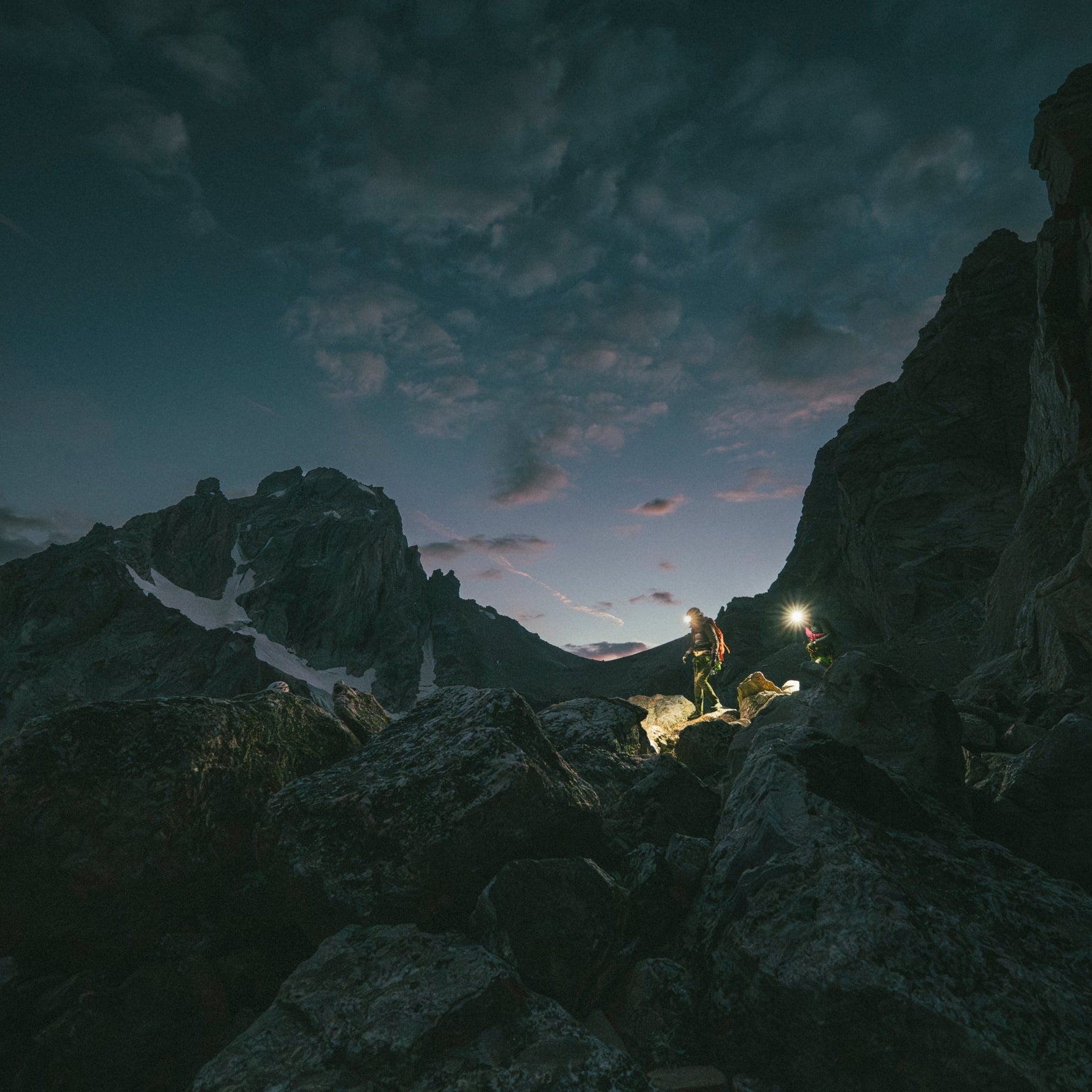
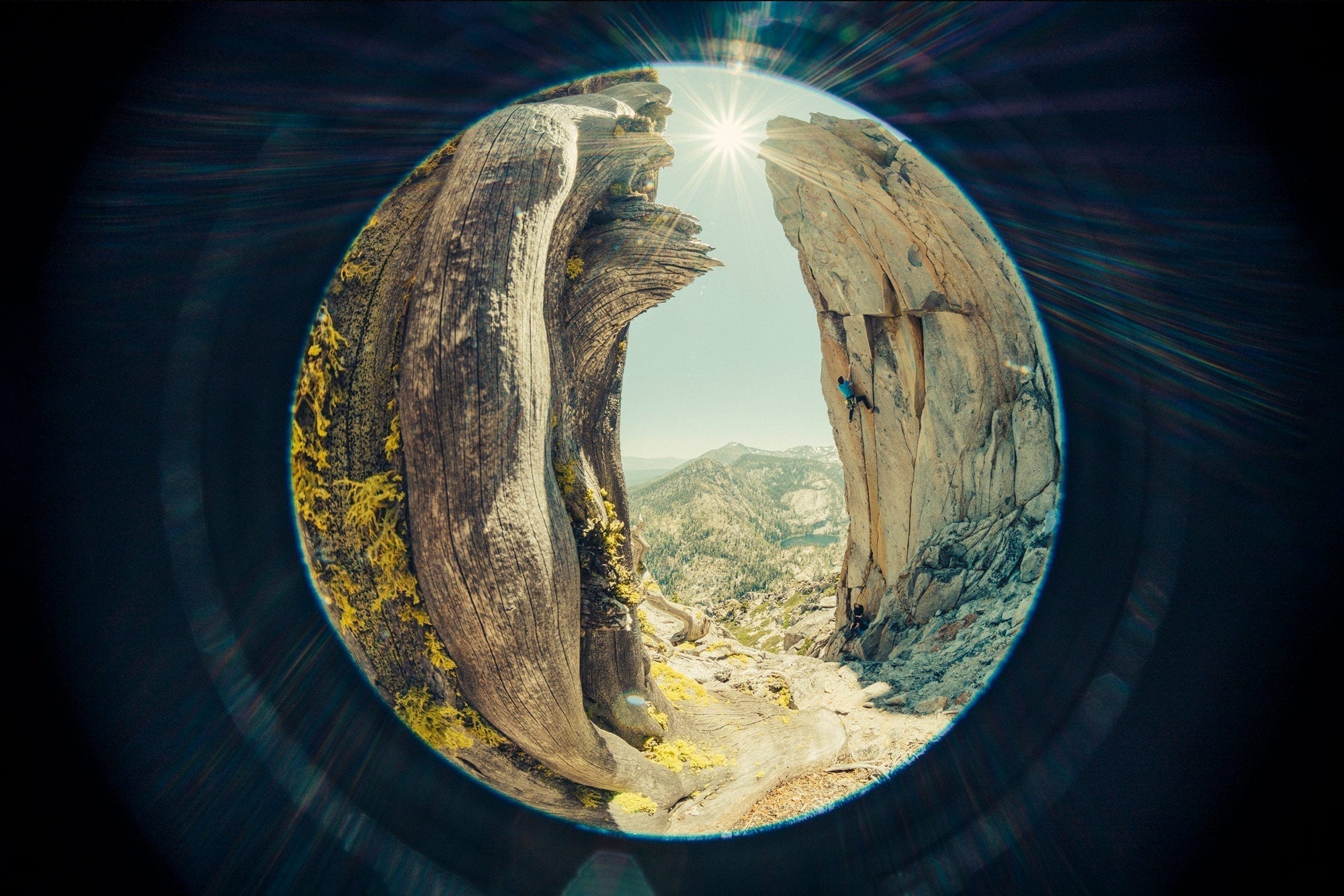
Watch BD Athlete Alex Honnold throw down on some hard trad high above Tahoe.
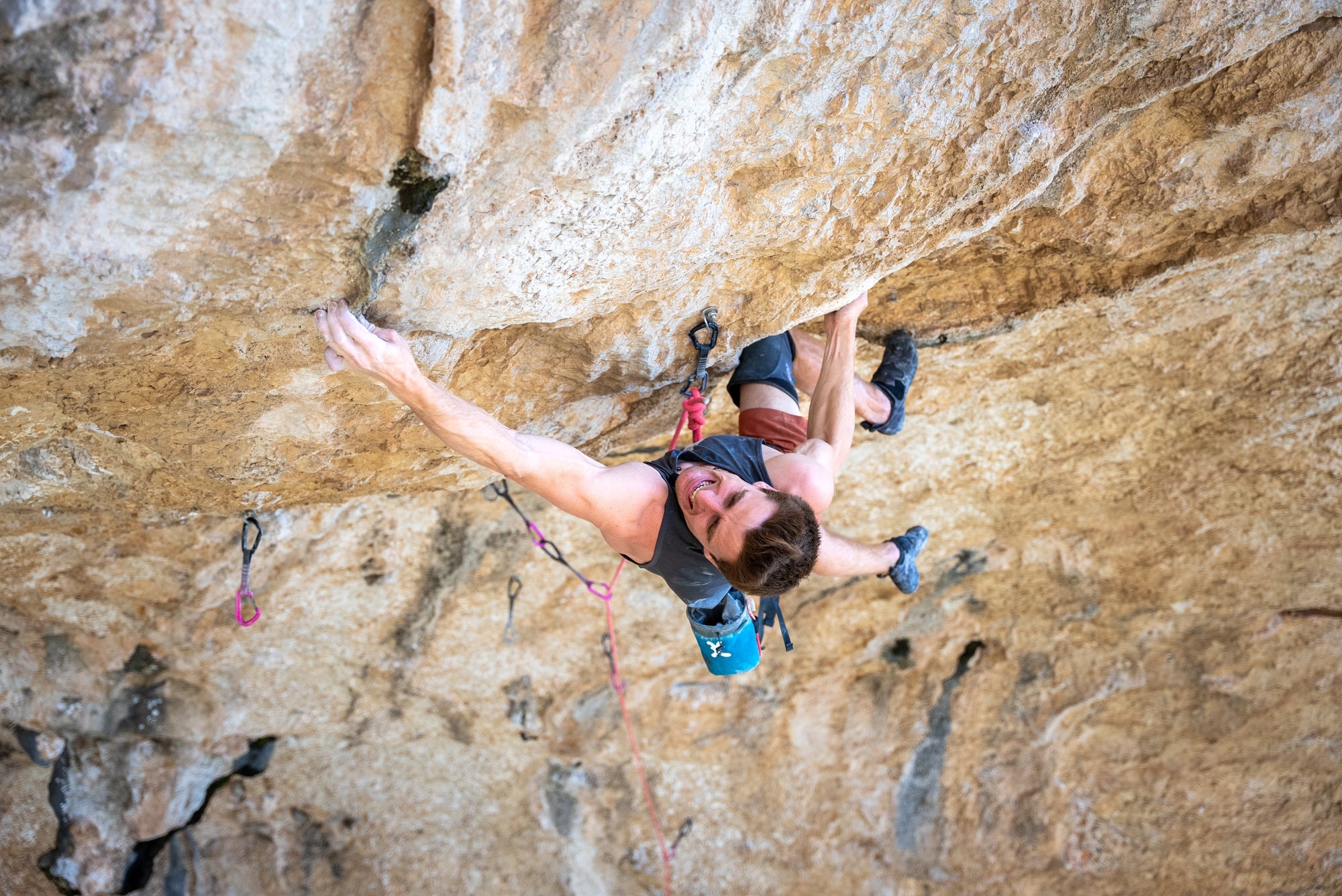
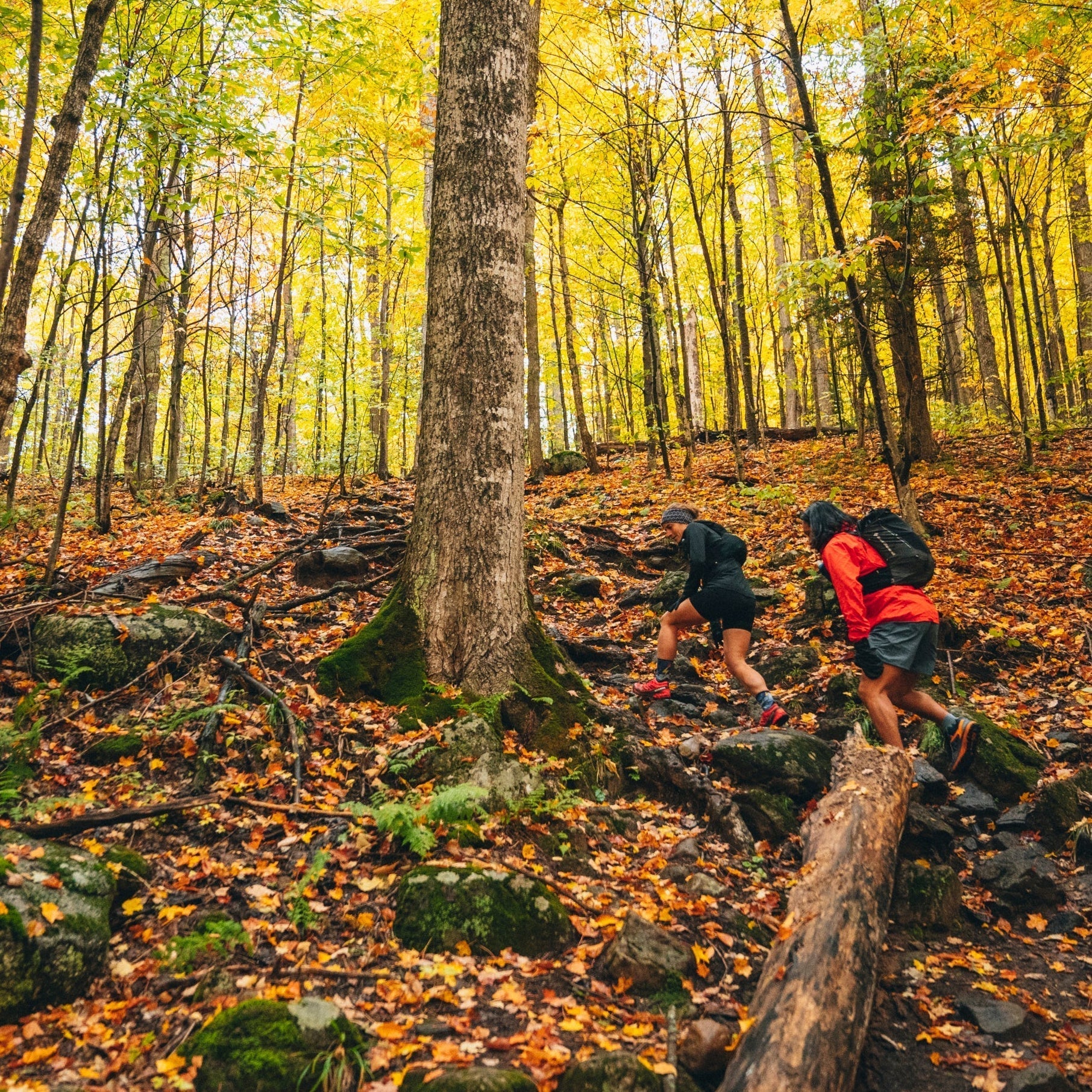
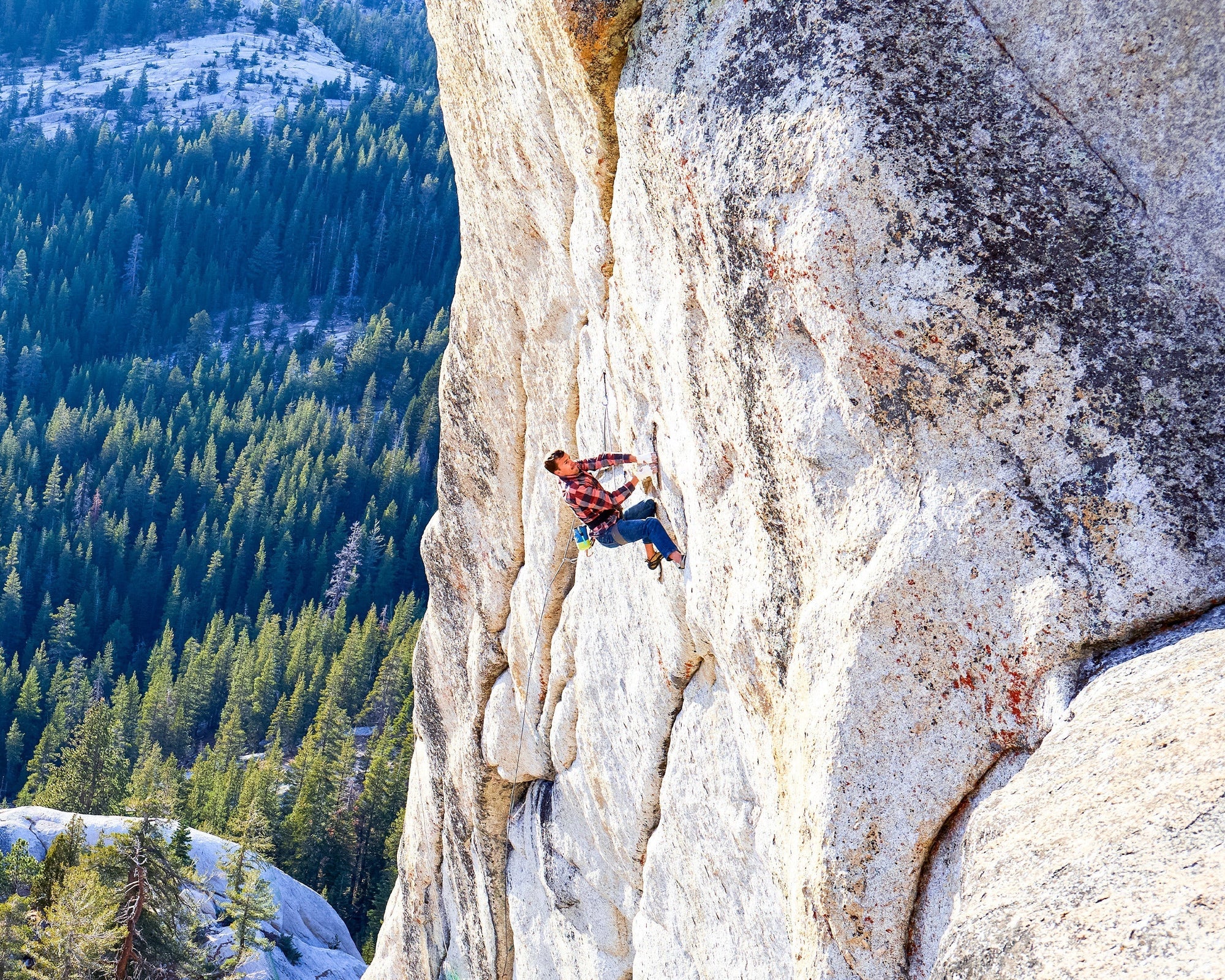
In 2012, filmmaker and photographer Ben Ditto, and professional climber Mason Earle equipped an immaculate...
In 2012, filmmaker and photographer Ben Ditto, and professional climber Mason Earle equipped an immaculate line in Tuolumne’s high country. But their attempts to free the route were thwarted when Mason’s life changed drastically. With the help of Connor Herson, Ditto and Mason found a way to keep the dream alive.
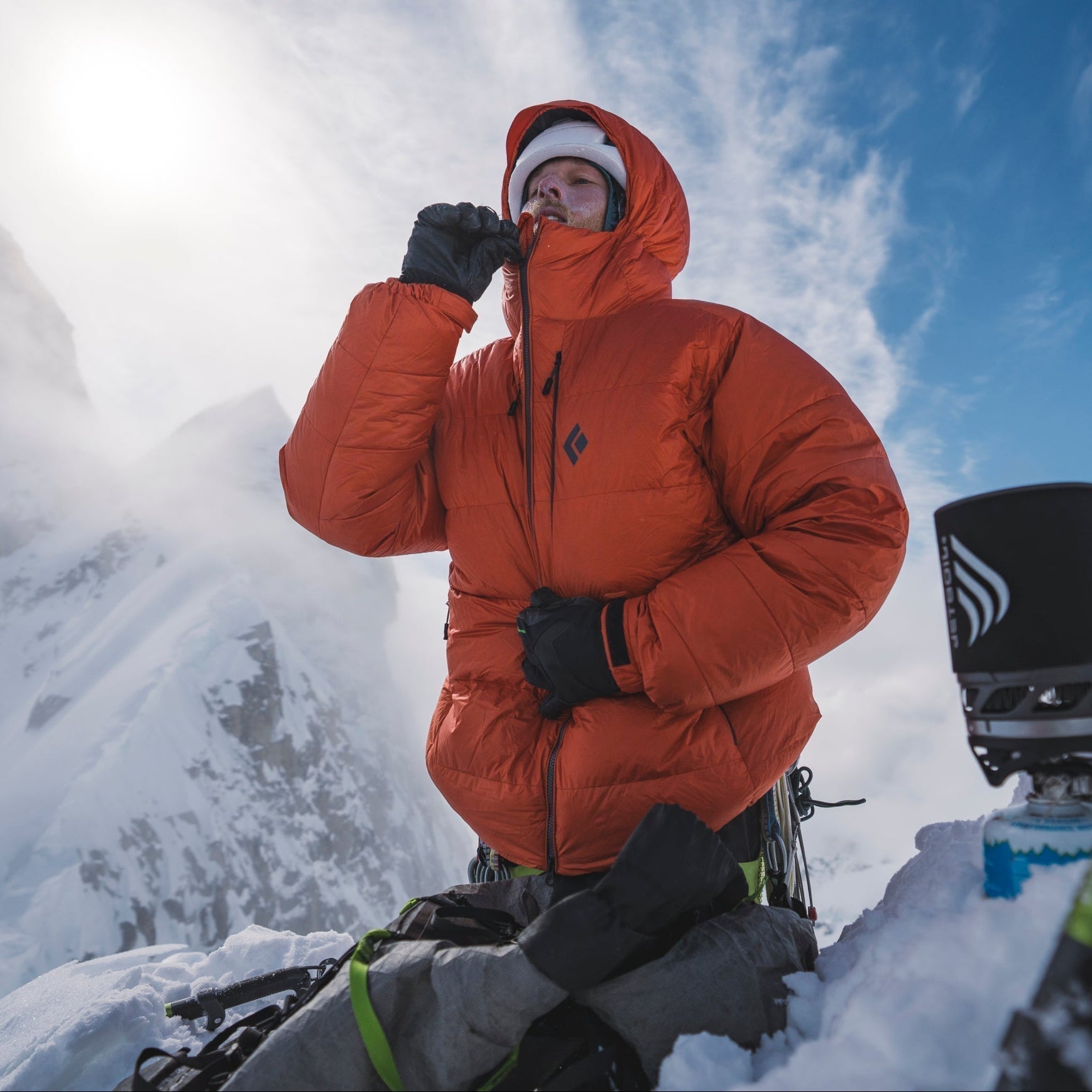
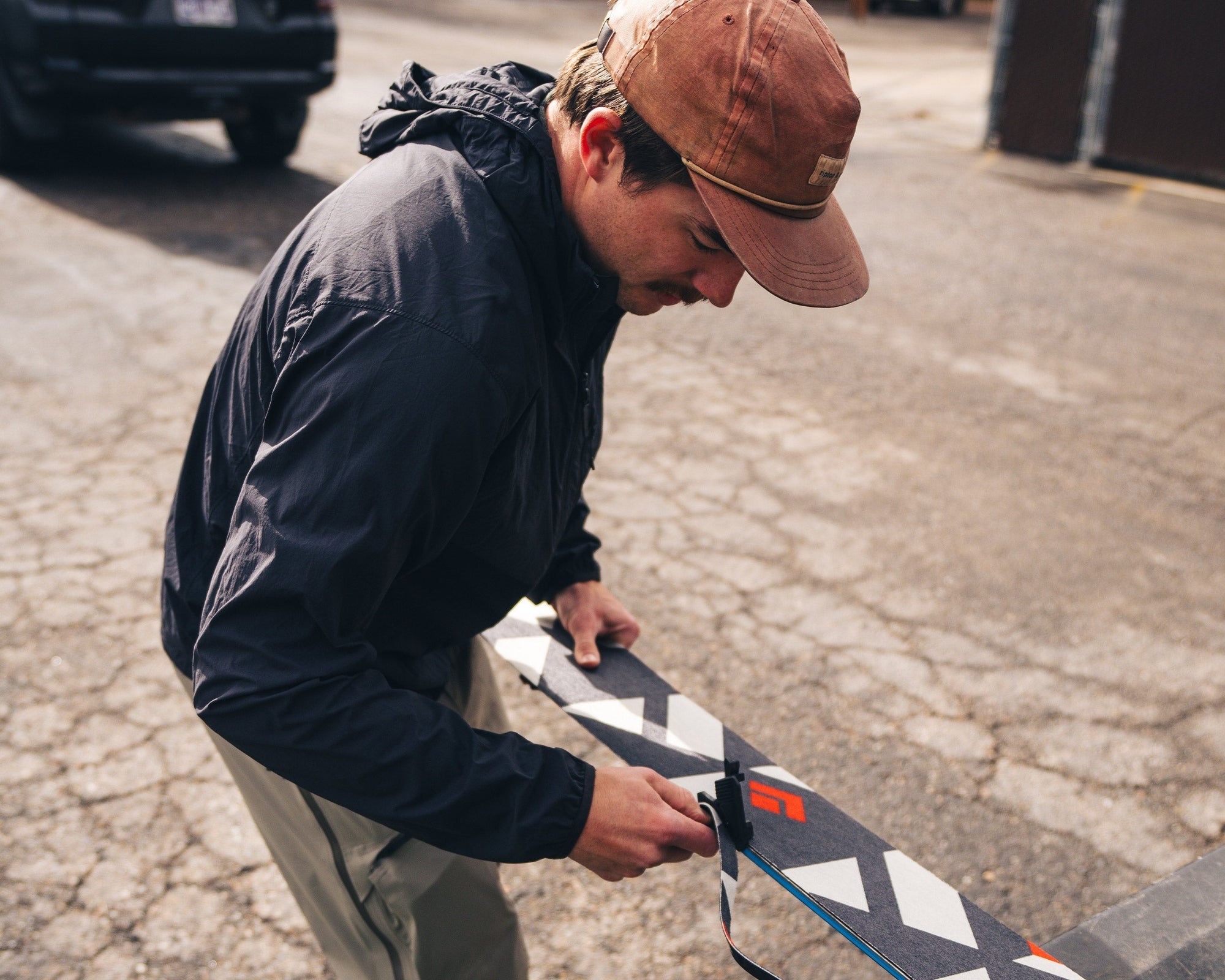
Watch and learn as our Field Test Coordinator runs you through a step by step...
Watch and learn as our Field Test Coordinator runs you through a step by step process of trimming and setting up any STS-style Black Diamond skin.


Every climber has a few lines they dream about. Whether inspired or haunted—or sometimes both—these...
Every climber has a few lines they dream about. Whether inspired or haunted—or sometimes both—these lines can push us beyond what we thought we were capable of, in turn teaching us who we really are. BD Ambassador Ethan Salvo recently restructured his entire life to focus on two climbs that pulled him into the void with only one way out … getting to the top. This is his story of sending Dreamcatcher and becoming the first Canadian to climb V16 in the same week.
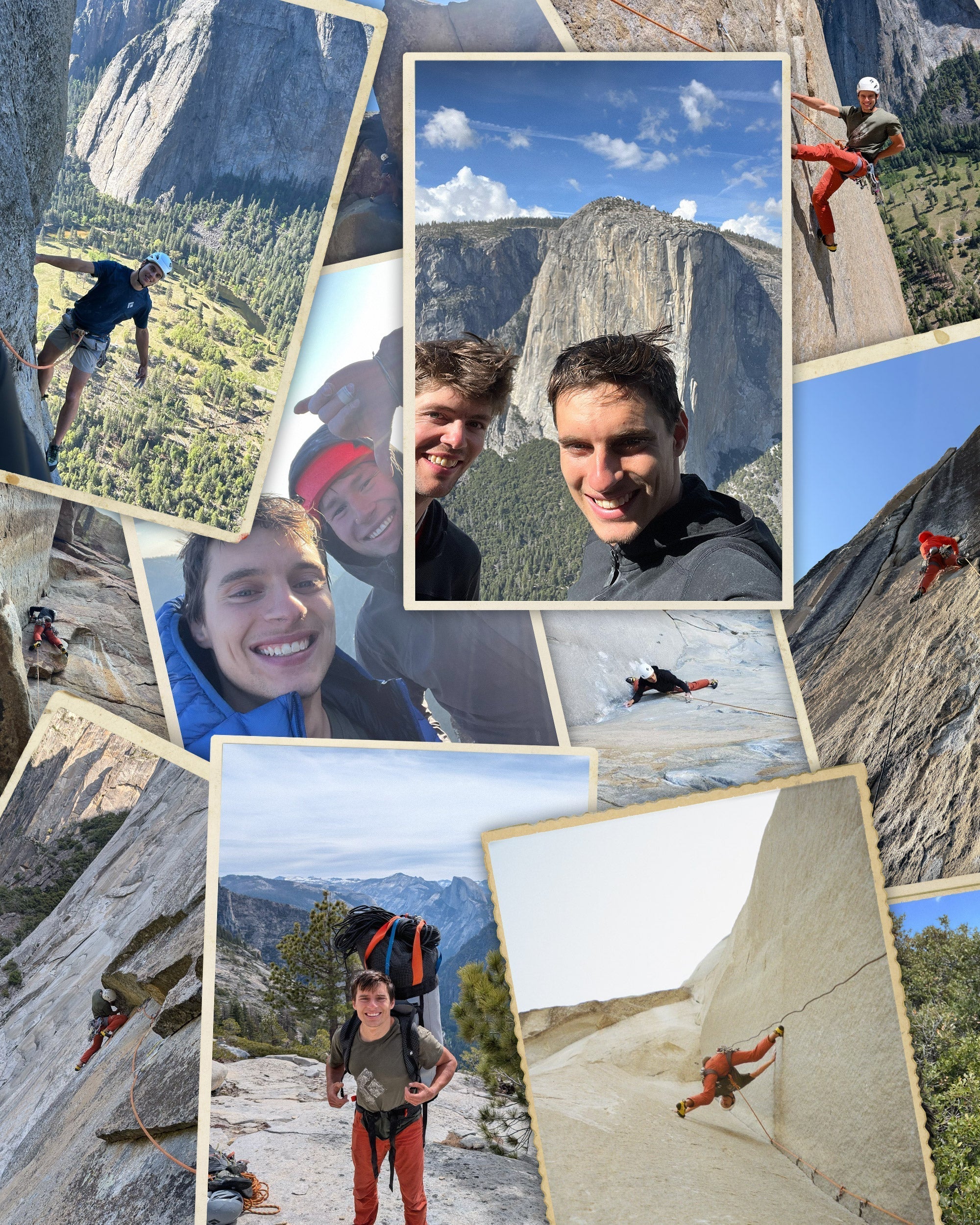
BD Athlete Connor Herson spent as many weekends as possible in the Valley this spring...
BD Athlete Connor Herson spent as many weekends as possible in the Valley this spring during a grueling quarter at Stanford. The objective? Ground up, in-a-day ascents.
